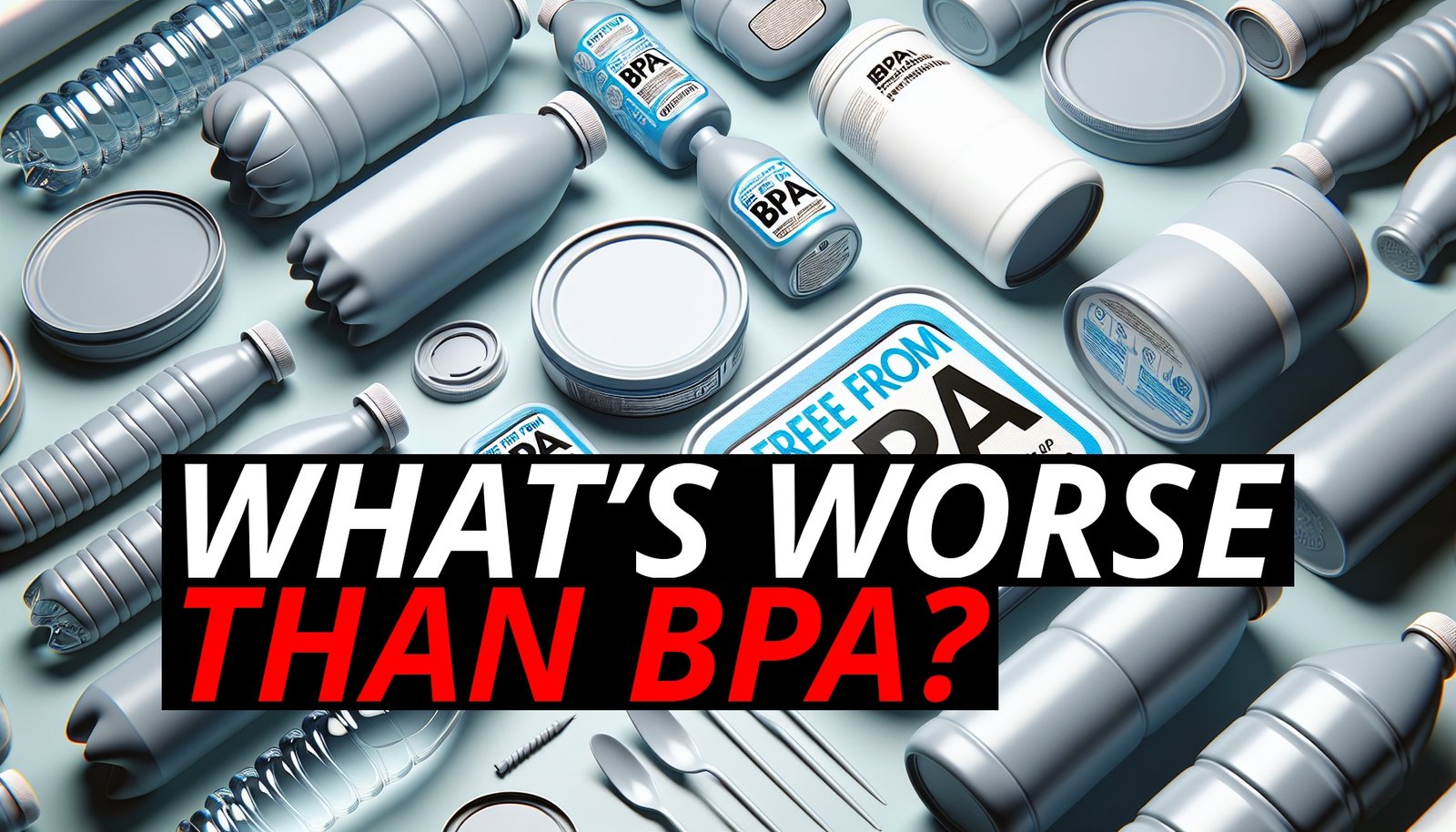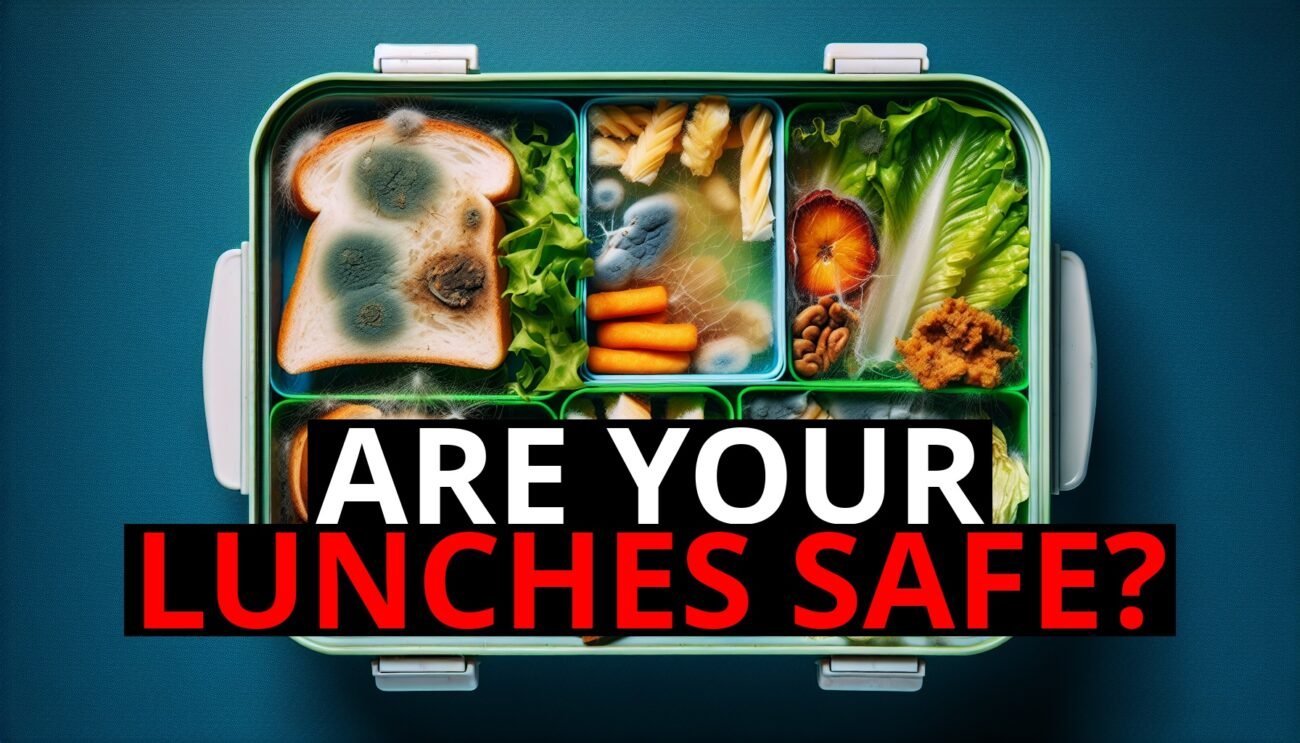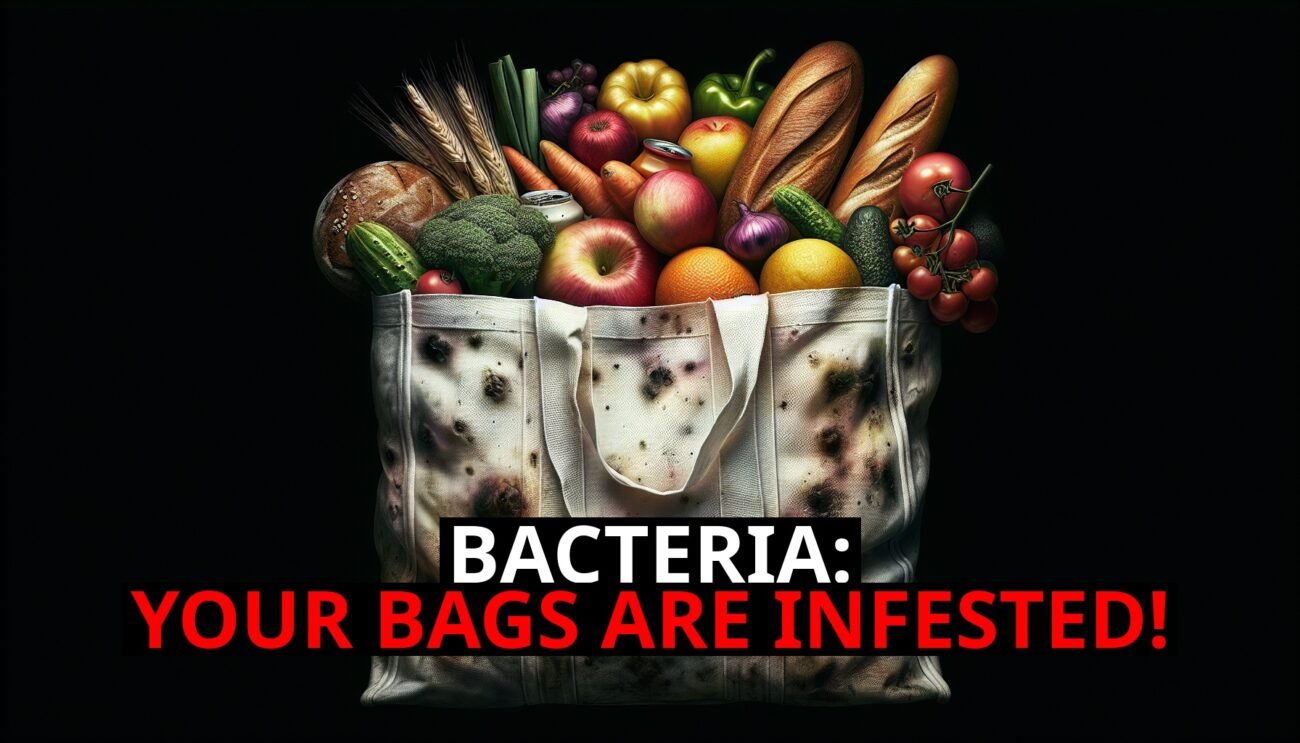Think You’Re Safe With Bpa-Free? Think Again.
You’ve done your homework. You know about the dangers of BPA and how it can leach harmful chemicals into your food and drinks. So, you switched to BPA-free products, confident that you’ve made the healthier choice. But what if I told you that the very products you thought were safe might be hiding a new set of dangers?
Meet BPS and BPF—the chemicals quietly stepping in as replacements for BPA in many “BPA-free” products. They’re marketed as safer, but are they really? Let’s dive into the hidden health risks of BPS and BPF and why BPA-free might not be enough to protect your health.
The Bpa Backstory: A Quick Recap
Bisphenol A (BPA) is a chemical that was once ubiquitous in plastic products, from water bottles to food containers. It became infamous when studies linked it to serious health issues, including hormone disruption, reproductive problems, and developmental concerns. The public outcry was loud and clear, leading to a surge in BPA-free products that promised to be safer alternatives.
Manufacturers began replacing BPA with similar compounds like Bisphenol S (BPS) and Bisphenol F (BPF). Problem solved, right? Not quite.
The Rise Of Bps And Bpf: A New Set Of Risks
BPS and BPF were introduced as BPA replacements because they could provide the same durability and flexibility to plastics without the bad reputation. However, emerging research suggests that these replacements might carry similar, if not greater, risks.
Just like BPA, BPS and BPF are part of the bisphenol family, meaning they share a similar chemical structure. This similarity is where the trouble starts. Studies have shown that BPS and BPF can also interact with the endocrine system, the network of glands that produce hormones. By mimicking or interfering with natural hormones, these chemicals can potentially lead to health issues such as:
– Hormone Disruption: BPS and BPF, like BPA, can bind to estrogen receptors in the body, potentially causing imbalances in hormone levels.
– Reproductive Health Issues: These chemicals have been linked to potential reproductive problems, similar to the concerns raised with BPA.
– Developmental Concerns: In children, whose bodies are still developing, exposure to BPS and BPF could lead to long-term health effects that are not yet fully understood.
What’s particularly concerning is that BPS and BPF might be even more stable in the environment and in the human body than BPA, meaning they could persist longer and potentially cause more harm over time.
Why “Bpa-Free” Might Not Mean “Risk-Free”
The “BPA-free” label was designed to give consumers peace of mind, but in reality, it might offer a false sense of security. When BPA was removed, it wasn’t because companies suddenly developed a safer alternative—it was often because they needed a quick substitute that could maintain the same properties. BPS and BPF were convenient options, but the long-term effects of these chemicals are still largely unknown.
This raises an important question: Are we simply trading one risk for another? The answer seems to lean toward yes, as the science behind BPS and BPF suggests that we may still be exposing ourselves to harmful effects, despite the reassuring labels.
Protecting Your Health: What You Can Do
So, how can you truly protect yourself from the hidden risks of BPS and BPF? Here are some practical steps:
– Choose Safer Materials: Opt for glass, stainless steel, or food-grade silicone when selecting containers, bottles, and other everyday items. These materials don’t contain bisphenols and are generally considered safer.
– Be a Savvy Shopper: Don’t rely solely on “BPA-free” labels. Dig deeper into the materials used in the products you buy, and look for brands that are transparent about what’s in their products.
– Stay Updated: As new research emerges, our understanding of chemical safety evolves. Keep informed about the latest studies and recommendations regarding bisphenols and other chemicals in consumer products.
– Reduce Plastic Use: Wherever possible, minimize your use of plastic products, especially for food and drink storage. Heating plastic can increase the chances of chemical leaching, so opt for non-plastic options when reheating food.
Conclusion: Beyond The Label
The “BPA-free” label might have been a step in the right direction, but it’s not the final answer to protecting your health. BPS and BPF, the hidden chemicals in many BPA-free products, could pose significant risks that we’re only beginning to understand. By making informed choices and opting for safer materials, you can go beyond the label and truly protect your health.













